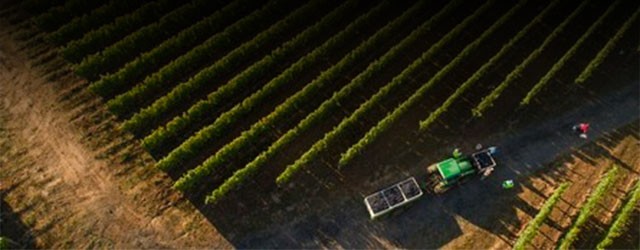2021 Vintage Summary
So, what does a pelican-laden harvest following a dry, uniquely hot summer bring in terms of the wines? The answer is perhaps not what you would expect. It wasn’t what we were expecting and the surprise is very pleasant one. When we began picking, the two initial surprises were the moderate sugar levels and higher than expected acidity level in the fruit. Regardless of the location or the variety, we encountered sugar levels that were only slightly higher, on average, than in 2019 which is widely seen as a cooler vintage (it wasn’t, really) and a very good vintage as well. Overall makeup of the acidity profiles in 2021 were similar to, and in many instances, higher or at least more robust than in 2019. We joked that people simply are not going to believe us when we start talking about the lower alcohol, higher acid Pinot Noirs from the 2021 vintage.
Fermentations were exceptionally active, volcanic even, with nearly each fermenter having large amounts of frothy, pink foam at the height of their activity. This is a very good sign. Every year some small percentage of fermenters will have this sort of rollicking action going on, but the only other vintage I can recall seeing this across the breadth of fermenters was 1999. Many who read this may not know the history of Oregon vintages well enough to know what that means around these parts. 1999 was a late vintage where an epic October allowed for picking into November. The wines from the 1999 vintage were, by many in the business, considered to be the strongest batch from the decade and on any Oregon wine historian’s list of great vintages it is going to be listed somewhere.

